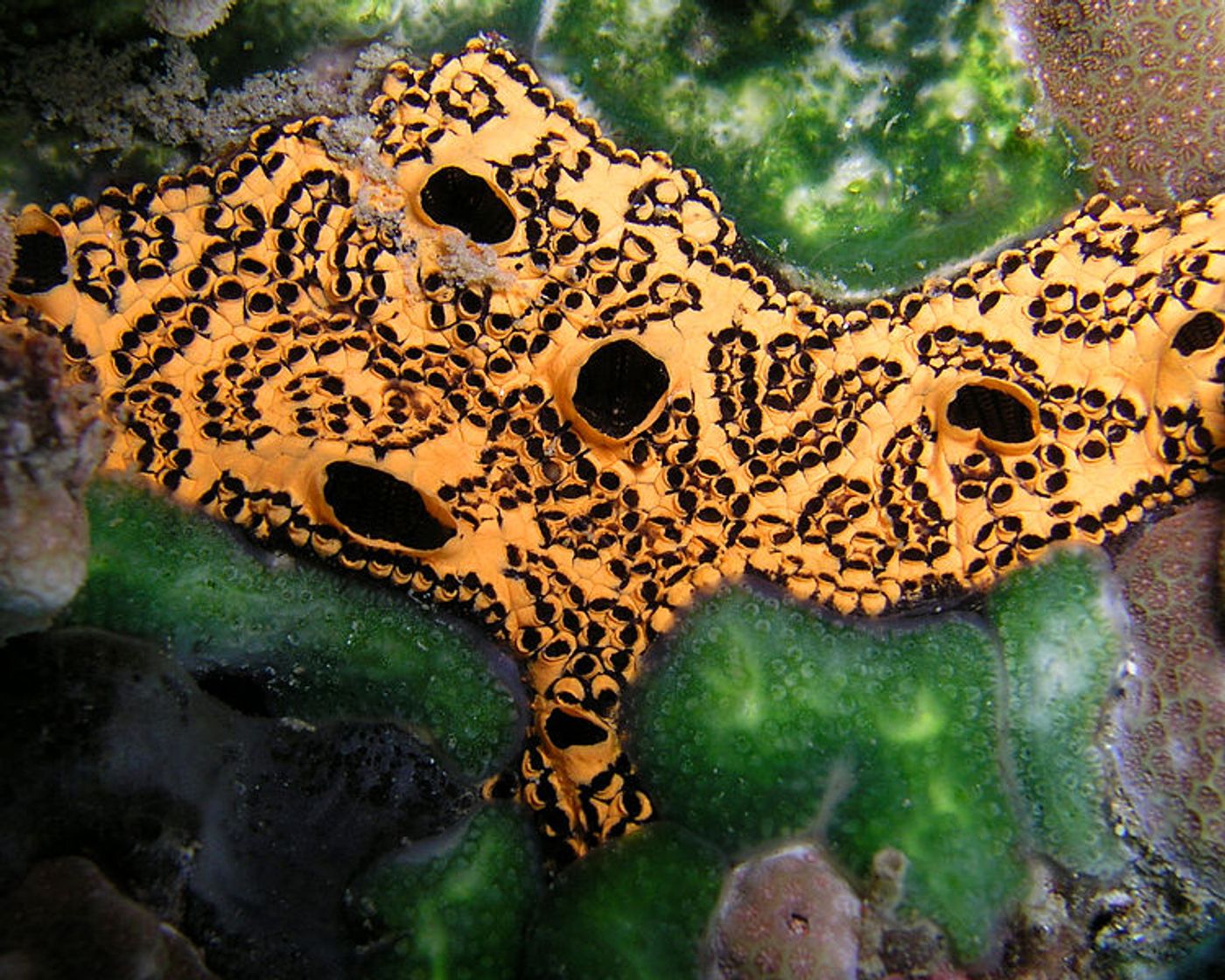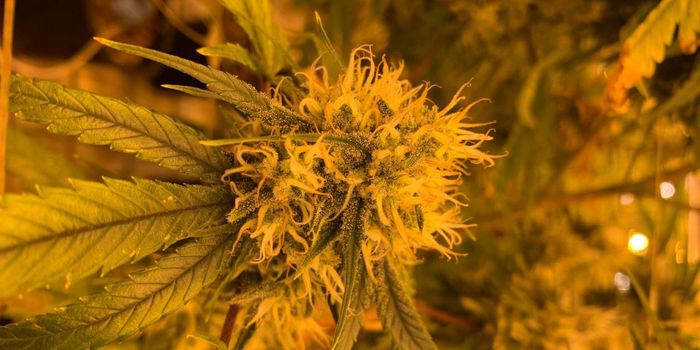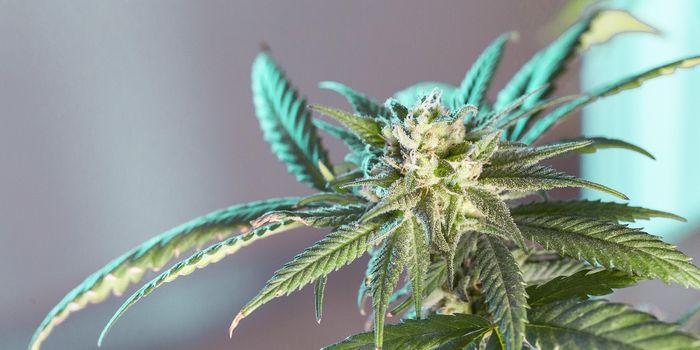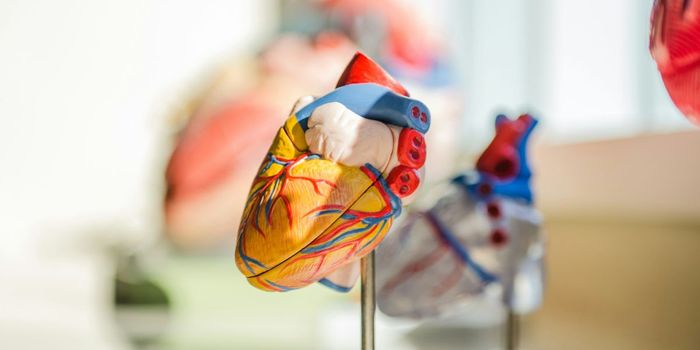A Tiny Marine Invertebrate Can Protect You From Heart Disease
The marine invertebrate Botryllus schlosseri - AKA the star ascidian - has more in common with humans that you’d think - enough to be useful to scientists studying treatment methods for cancer and vascular diseases.
The colony-growing star ascidian has a vascular network that’s similar to the network of blood vessels in the human body. One thing that makes star ascidians unique? Their vascular network is transparent and on the outside of their bodies. This makes the vasculature easy for scientists to study, making the star ascidian a model organism of choice for investigating the mechanics of the vasculature. For humans, vascular diseases afflict approximately one billion people across the globe.
By extracting a piece of the star ascidian’s vasculature, scientists from the University of California Santa Barbara took on the task of studying the interaction between cells and their physical environment in the context of vascular disease. What they found was an interesting response to blood vessel stiffness involving a regulatory enzyme, lysyl oxidase (LOX): as the blood vessels of the star ascidian change in stiffness, the blood vessels withdraw.
We can actually tune the stiffness, which is something that cannot be done in other model organisms," explained corresponding author Anthony De Tomaso. "This has important implications, from inducing blood vessels to regress away from a tumor and choke off its oxygen and nutrients to the ability to stretch and hold an individual blood vessel and study how it responds, which will allow us to study how shape emerges during development."
In one experiment, researchers placed a piece of the star ascidian’s vasculature on a petri dish coated with a structural protein, collagen, and blood vessel growth improved. After adding a LOX inhibitor, growth diminished and the vasculature withdrew. The molecular explanation? The LOX inhibitor prevented binding of proteins called integrins that provide a structural foundation for the vasculature.
“The cells get squeezed out, are eaten by other cells in the blood, and that's how the vessel shrinks - all without impeding the flow of blood through the vessels,” Tomaso explained.
"Understanding how a cell interacts with its physical environment has important implications for understanding both cellular development and metastasis," explained co-author Megan Valentine. "Botryllus has given us the ability to dissect exactly what's going on when we change the physical environment."
The present study was published in the journal Molecular Biology of the Cell.
Source: University of California Santa Barbara









